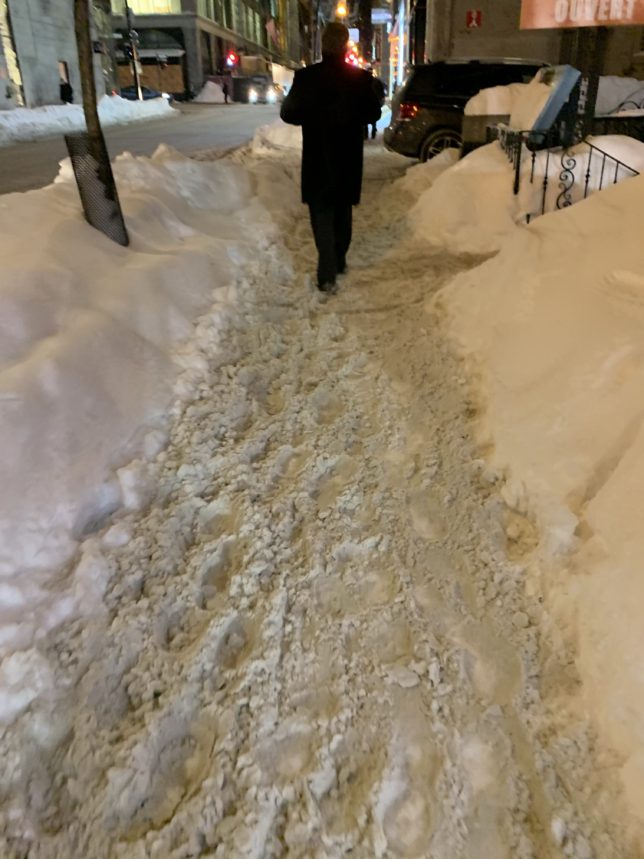During a recent work trip to Florida that required a rental car, the rental agency only had EVs available and because I didn’t want to sit around waiting for another vehicle, I took it. Overall it wasn’t a bad experience, but I can see why Hertz struggles with electric vehicles.
The EV I received was a Mercedes Benz EQB. I had zero issues with the quality of the car, it’s a Mercedes, it was nice, comfortable, and well appointed. These days I mostly care about CarPlay and this Mercedes checked that box for me.
When receiving the details from the rental agent I asked bluntly, “how much do I need to charge the vehicle before returning it?” to which he replied, “it needs to be at 70% of whatever its current charge level is”. When I started the car it was 40% charged, giving me a little under 100 miles of range. That’s unacceptable in my opinion. If I had needed to drive somewhere out of that range I would’ve had to immediately make my way to a charging station (more about that later) to charge before continuing my trip.
In addition, this particular rental company, Avis, had no notation of the charge of the vehicle on the rental slip. The fuel level simply showed 8/8, which with a 40% charge, was not true.
I had never driven a EV, so I took lap around the parking lot to get a feel for it before hitting the road. The single pedal driving setup was definitely a shift in thinking and by the end of the trip it felt a little better but I certainly wasn’t an expert. Once on the road the car felt very good and the acceleration was fantastic, making getting on the freeway and performing passing maneuvers super easy.
When I made it to the hotel I asked if they had a charging station but was disappointed to learn there was nothing on-premise and actually nothing that close so I started texting friends asking how they know where to charge their EVs when they’re on the road. The answer seemed to be PlugShare or ChargeHub, both of which I downloaded and started searching. I don’t know if it’s a data problem or a Florida problem but both apps seemed to be lacking a lot of useful information when it came to any type of charger besides Tesla.
As an aside, I also tried the car’s built-in charger app and it was subpar, suggesting charging stations that were much further away (maybe they were fast chargers).
I finally found a charger near the venue I would be attending my work event and drove over the next day to get a charge. Thankfully there was no other EV there as it was the only charger. The actual charging station experience leaves a lot to be desired. This particular charger was a Blink charging station and when I first got it all setup it seemed like it required a Blink membership to even use but after circumventing some of the prompts I was able to get it to charge. The charging process was by no means fast, I dropped the car off at 8am and it did not charge to 100% from ~45% until 3:30pm. It also wasn’t particularly cheap at $19.35 for 39.49 kWh of power or $.49/kWh.
The rental companies could do a better job with explaining charging as well, especially since vehicles can be configured to only charge to a certain point, such as 80%.
The return process was also very interesting. The attendant who checks the mileage and the fuel level in standard combustion vehicles couldn’t figure out how to do either of those things in the EV. I explained where the charge level was but I never saw him find the mileage on the car and when I checked my statement the car was notated to have fewer miles than when I left the rental lot.
Overall I didn’t have too much trouble with renting an EV but rental companies need to get better at how they communicate the process and should probably update their systems to accommodate EV specific information. It would probably help if the rental companies stuck with a handful of brands of EVs rather than buying whatever they can when they can. The charging experience is also less than stellar. Again, maybe it’s a Florida thing but the data on the chargers just seems to be bad. This could be another area where the rental companies work with the EV companies to customize the built-in mapping software to help renters find the charger they need when they need it. All in all I thought it was fun to be able to try out an EV and see what they’re like to drive. Given my travel driving habits, I don’t think I’d hesitate to rent another one.



